What is the definition of 'Outposts' ?
Every chess player is taught the definition of 'Outpost' with examples on the board, but what is the correct definition of it? What are the various types of outposts? French International Master Xavier Bédouin published an article in French on his site on this subject. Xavier has sent us an English translation of it and it is the first time ever that something of this sort is published in English. It's time to update our knowledge about the definition of outposts. The entire article shows the type and classification of outposts with various diagram and the nomenclature of it along with some new terms coined by the author. Photo: Xavier Bédouin
Outposts nomenclature
The word outpost refers to very different meanings. This is a major issue for the teaching of strategy, as we can hardly prepare a clear lecture out of an ill-defined concept.
Besides, the problem goes back to Nimzowitsch himself. In My system he suggests various examples, but he doesn't give clear definitions.
The aim of my nomenclature is to classify all the cases that we usually name outposts. I defined and divided six different strategic cases.
In several of those cases I suggest to drop the word outpost. And I coined some new terms : protected strong square, absolute or relative outpost.
A) Strong Squares
A1) Strong square
It's a square that the opponent can no longer control with any pawn.
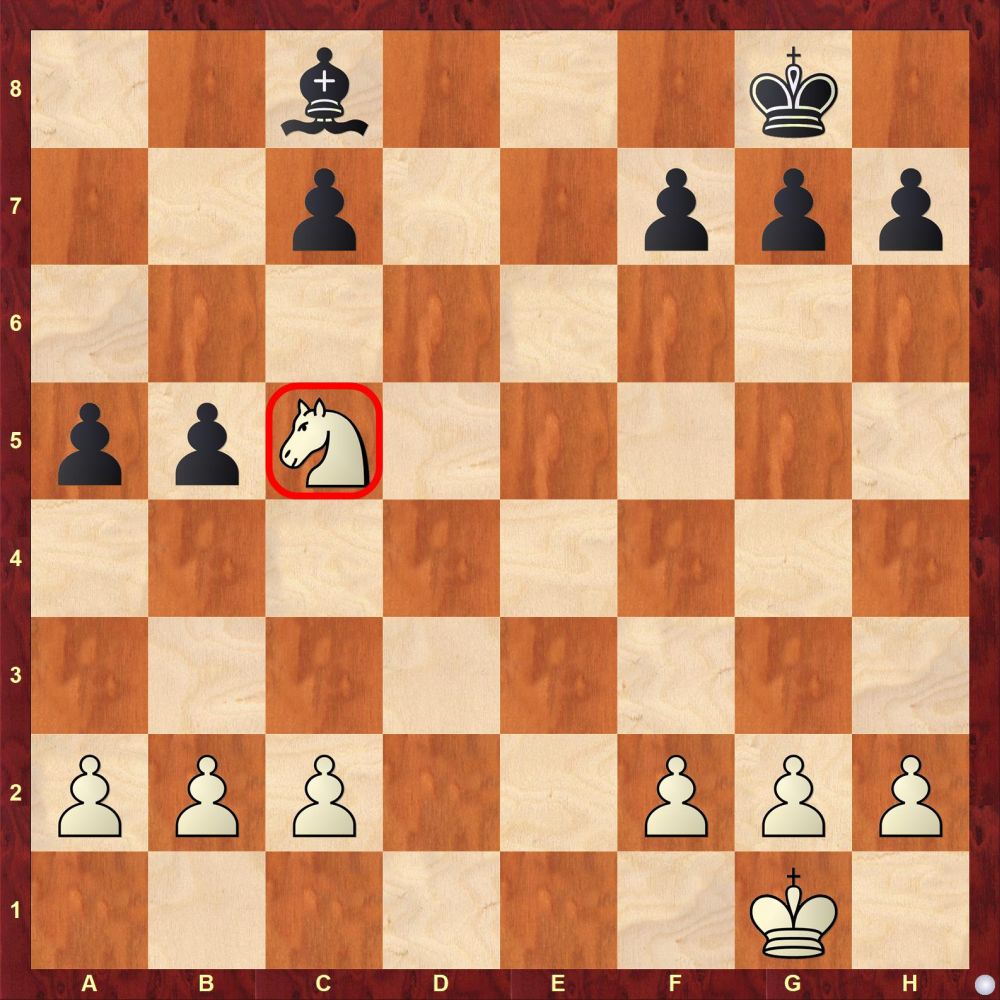
The c5 square is a strong square for white : no black pawn can dislodge the Nc5. However, this square isn't an outpost : the c file is closed.
A2) Protected strong square
It's a strong square under the control of one of our pawns (or two).
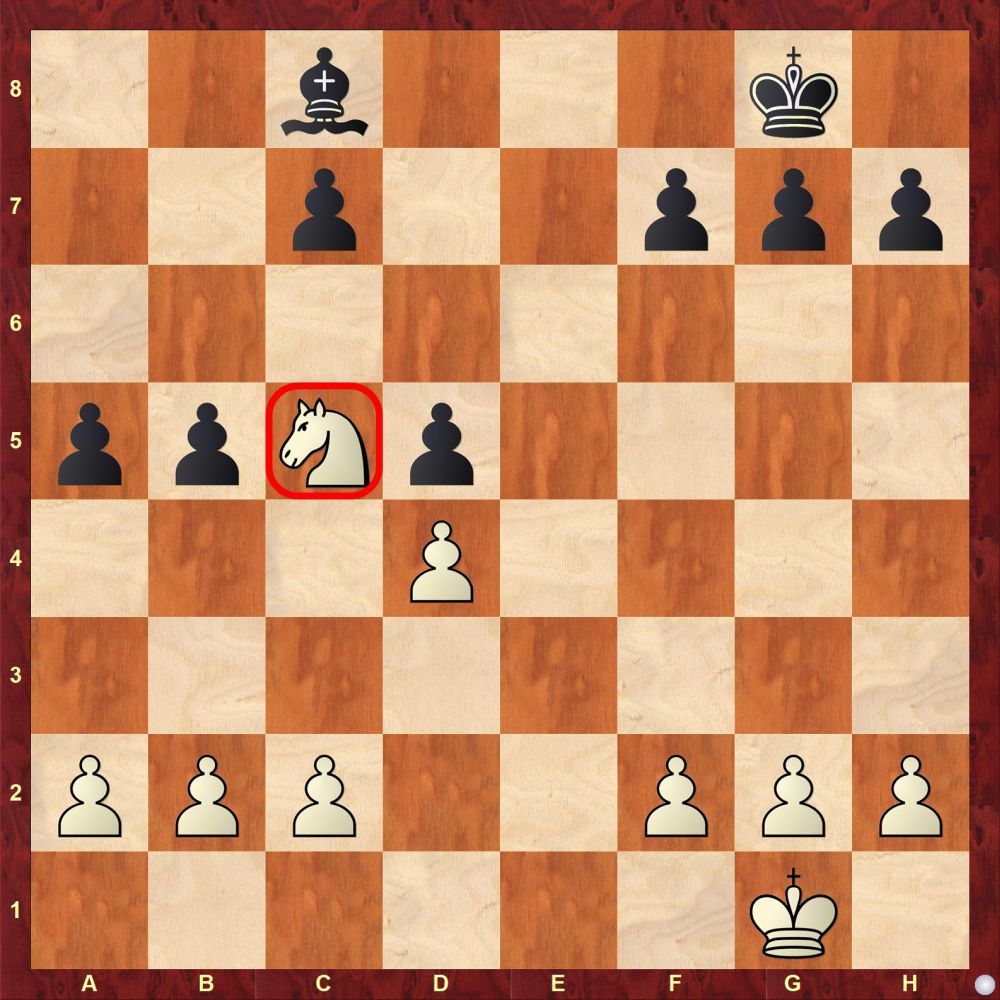
The c5 square is a protected strong square : no black pawn can dislodge the Nc5, and this knight is protected by a pawn. However, this square isn't an outpost : the c-file is closed.
B) Footholds : on an open file
A foothold is a square under the control of one of our pawns (or two) and located on an open file. It's a rock climbing term used by the Dutch IM Herman Grooten in Chess strategy for club players.
I suggest the following subdivision :
B1) Absolute foothold
It's a protected strong square located on an open file (and not a semi-open file).
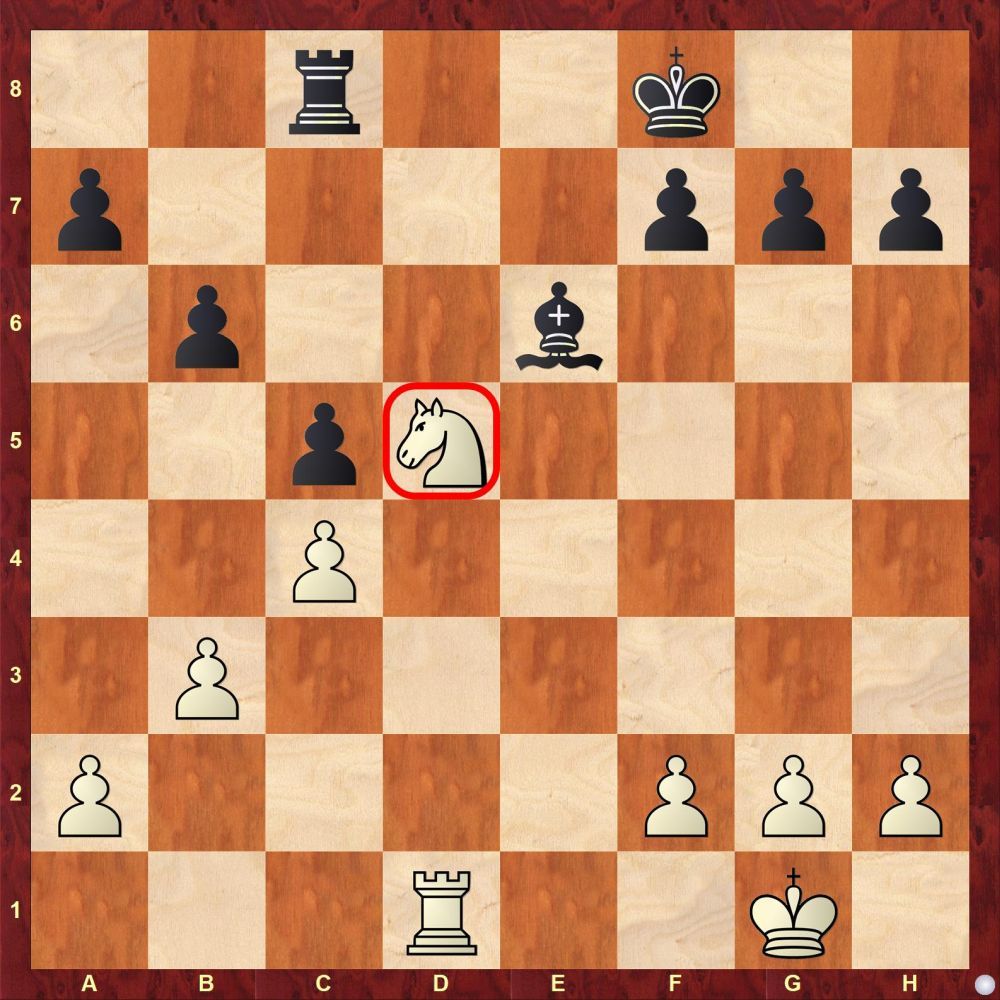
The d5 square is an absolute foothold : it's located on an open file and no black pawn can dislodge the Nd5.
In case of an exchange on d5 white can take back with the pawn and gets a passed pawn.
The FIDE Master Sylvain Ravot suggests to subdivide this B1 part into two subcategories depending on the number of pawns defending the absolute foothold. If the Nd5 is protected by two pawns then an exchange on d5 gives white a protected passed pawn.
B2) Relative foothold
It's a square under the control of one of our pawns (or two), located on an open file, not yet under the control of an enemy pawn but that can be later.
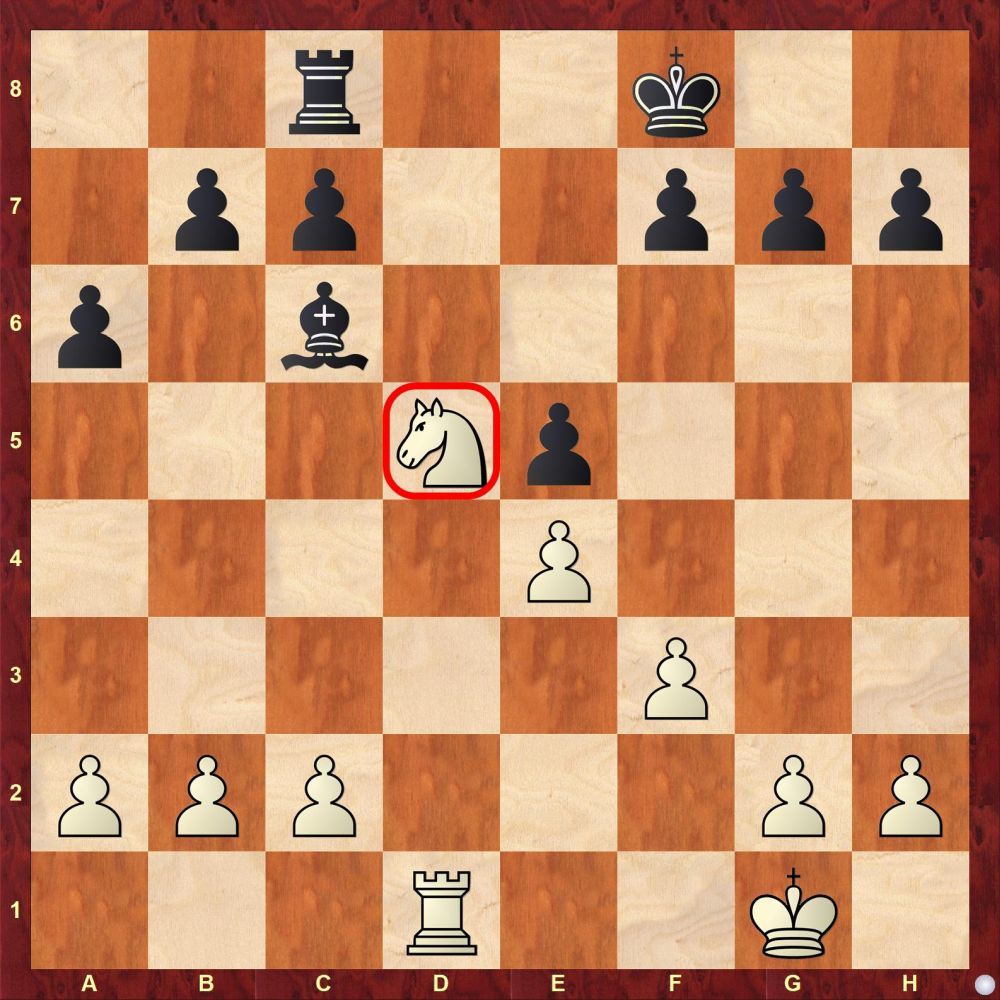
The d5 square is a relative foothold : it's located on an open file, and it's not a strong square because the c7 pawn can eventually dislodge the Nd5.
But it's not always an easy task for black to prepare the c7-c6 push. First because it takes some time : to begin with it's necessary to remove the Bc6. And there is a risk to weaken the d6 and b6 squares.
C) Outposts : on a semi-open file
An outpost is a square under the control of one of our pawns (or two) and located as high as possible on a semi-open file.
C1) Absolute outpost
It's a protected strong square located as high as possible on a semi-open file.
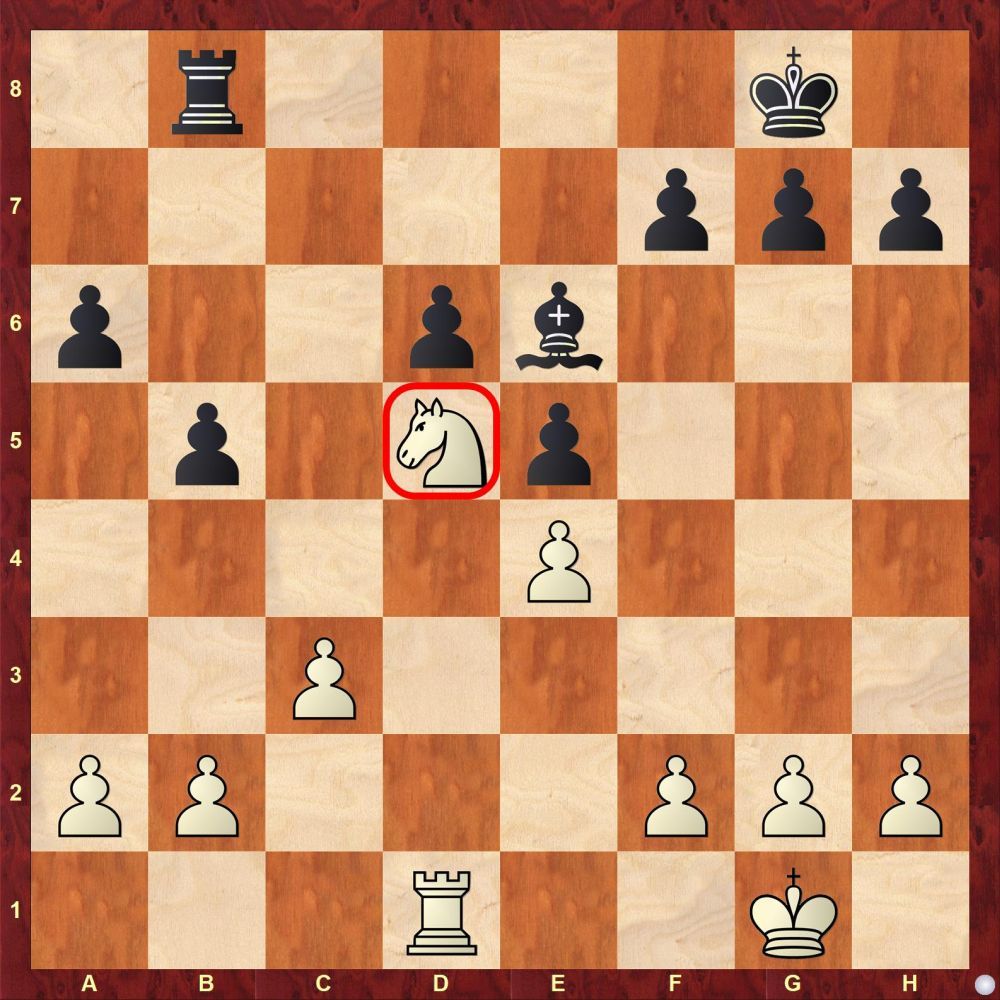
The d5 square is an absolute outpost, and the d6 pawn is a backward pawn. In case of an exchange on d5, if white takes back with the pawn he doesn't get a passed pawn.
On the above diagram, if you remove the e5 pawn then the d6 pawn is an isolated pawn. Here also the d5 square is an absolute outpost.
C2) Relative outpost

The d5 square is a relative outpost : black can chase away the Nd5 with a pawn – the c7 pawn. But this pawn advance has a strategic drawback : the d6 pawn turns into a backward pawn, a weakness.
I hope that chess teachers will use these definitions, helping them to prepare well-structured lectures.
Bibliography
Nimzowitsch A., My system
Grooten H., Chess strategy for club players
The article was edited and uploaded by Shahid Ahmed
About the author


